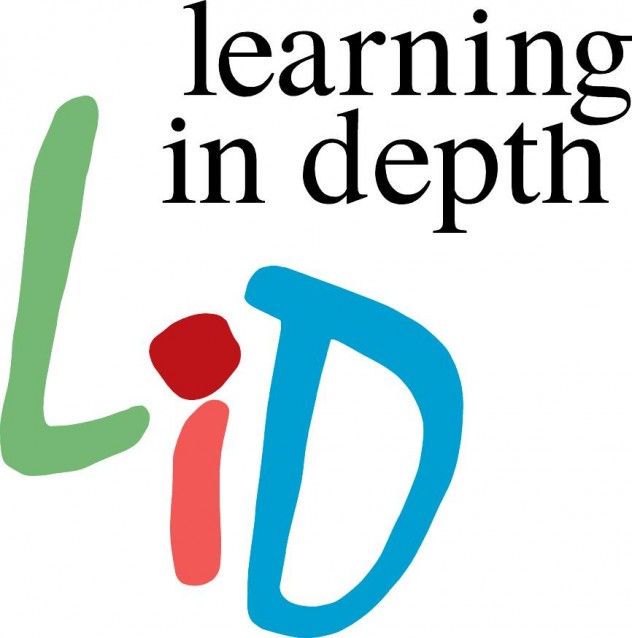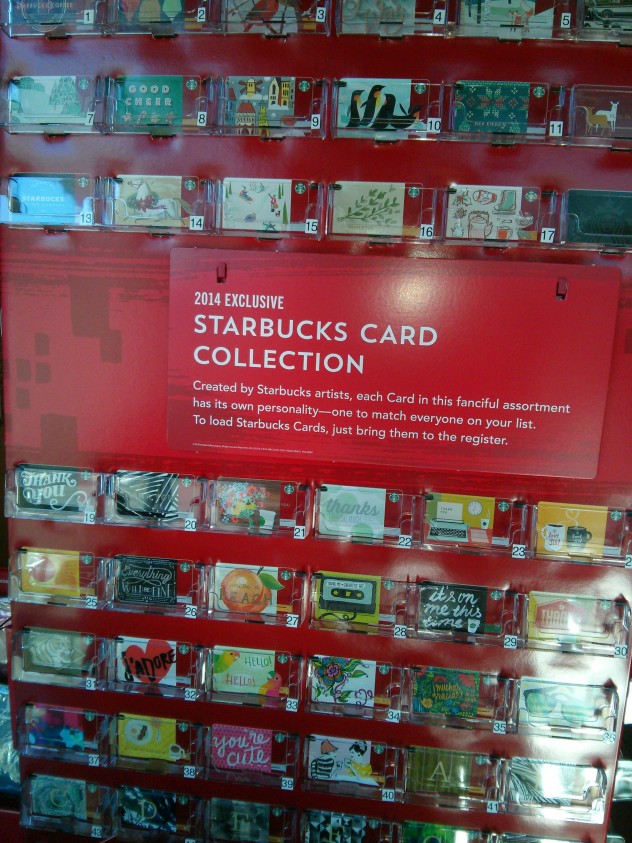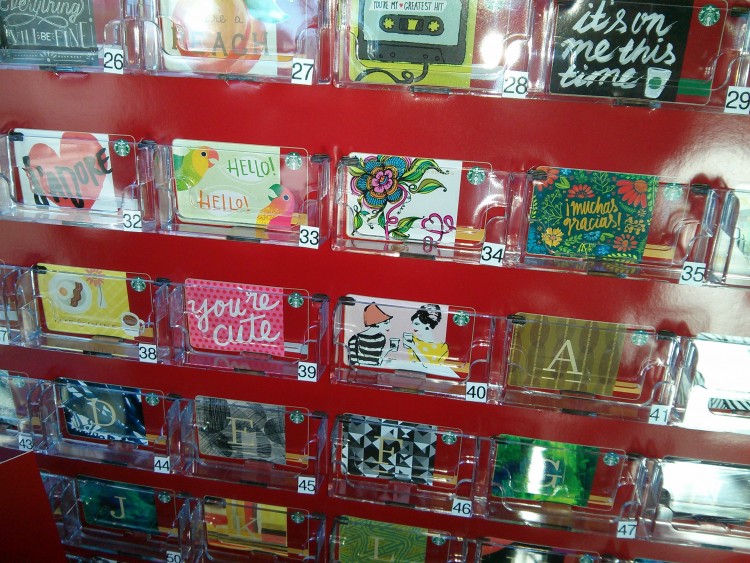Don’t worry, they aren’t hoarders.
You may be relieved to hear that it’s very common for young people to collect things. Starting from about age 7 through to about age 14 or 15, collecting is a popular pastime for many young people.
What did you collect? One thing I collected was stickers. I still have my sticker books and–believe it or not–30 years later those smelly stickers are still smelly. 
In addition to collecting things, many young people also take up hobbies, focusing their attention on learning a new skill or learning all they can about someone or something. What was your obsession? Was it mastering a music instrument? Did you dedicate hours to the basketball court or hockey rink? Did you read everything from a particular author or spend hours absorbing the music of a particular singer or band?
What is going on? How can this feature of students’ imaginative lives be employed to increase engagement and the effectiveness of teaching?
Collections and hobbies are features of the imagination and important learning tools.
The theory and practice of Imaginative Education, or IE, is all about employing the features of our imaginative lives in all educational contexts in order to make learning more engaging. (New to IE?) Dr. Kieran Egan–educational philosopher and developer of the Imaginative Education approach–acknowledges that our students’ passion for collecting things or their obsession with knowing “all they can” is something we can employ in the classroom to maximize learning. Like all the Tools of Imagination described so far in this series, students’ interest in collecting is a cognitive tool that evokes emotion with whatever content knowledge it is tied up with.
 The last TIP in this series (#8) indicated one way in which learning to read and write impacts our lives: we get a sense of how vast reality is and, simultaneously, a sense that we are vastly insignificant. Tip #8 suggests that identifying heroes and idols is one way we deal with that feeling of uncertainty and to begin to identify our sense of place in the world.
The last TIP in this series (#8) indicated one way in which learning to read and write impacts our lives: we get a sense of how vast reality is and, simultaneously, a sense that we are vastly insignificant. Tip #8 suggests that identifying heroes and idols is one way we deal with that feeling of uncertainty and to begin to identify our sense of place in the world.
Collecting things and engaging in hobbies is another important way that we can a handle on the big wide world of which we are a small part. Our collections and hobbies engage us in amassing a lot of information about something or someone (like knowing all the stats on a hockey player or all the songs of a recording artist). Our students’ “obsession” to “collect the set” or “know all they can” reflects a search for some kind of security. It is far from inconsequential.
Imaginative educators know that everything in the curriculum has some aspect in it that students can learn exhaustively. Within all subject areas there is some aspect in which students can become experts. Studying the French Revolution? Divide up topics so students “collect” as much information as they can on topics like food or drink, fashion, housing, family structure, transportation etc. Allow each student to feel that sense of intellectual security that comes from knowing more than others and knowing a lot in detail about some aspect of the world.
 Enhance Learning & Imagination: Learning in Depth
Enhance Learning & Imagination: Learning in Depth
A very powerful way to extend student engagement is to allow them to investigate a topic for their entire schooling–this is what the Learning in Depth, or LiD, project is all about. LiD offers students an on-going inquiry that they direct and they pace. Unlike any other aspect of their education, the LiD project allows–but doesn’t rush students–to develop expertise on their topic over time. This long term inquiry project taps into the collections and hobbies cognitive tool, it affords students an arena for intellectual security and has powerful impacts in other subject areas resulting from the experience students gain in research, critical thinking etc. You can read Dr. Kieran Egan’s recent post on the value of Learning in Depth for student imagination here: “The more you know about something the easier it is to be imaginative about it.”
 The urge to “collect the set”–perhaps you’ve felt it??–it is something savvy marketers often tap into: whether sets of books, charms on bracelets or customized coffee cards, collecting is a feature of our imaginative lives.
The urge to “collect the set”–perhaps you’ve felt it??–it is something savvy marketers often tap into: whether sets of books, charms on bracelets or customized coffee cards, collecting is a feature of our imaginative lives.
Learn more about Imaginative Education through Teacher Tips, on-line resources, lessons and unit.


I still have my sticker book too as does my friend. But she also had an eraser collection. Interesting the things that grab our attention.
…and I remember how AWESOME your sticker book was my dear friend! (I passed on my eraser collection to Ella and Chloe).
thanks for commenting Krista!